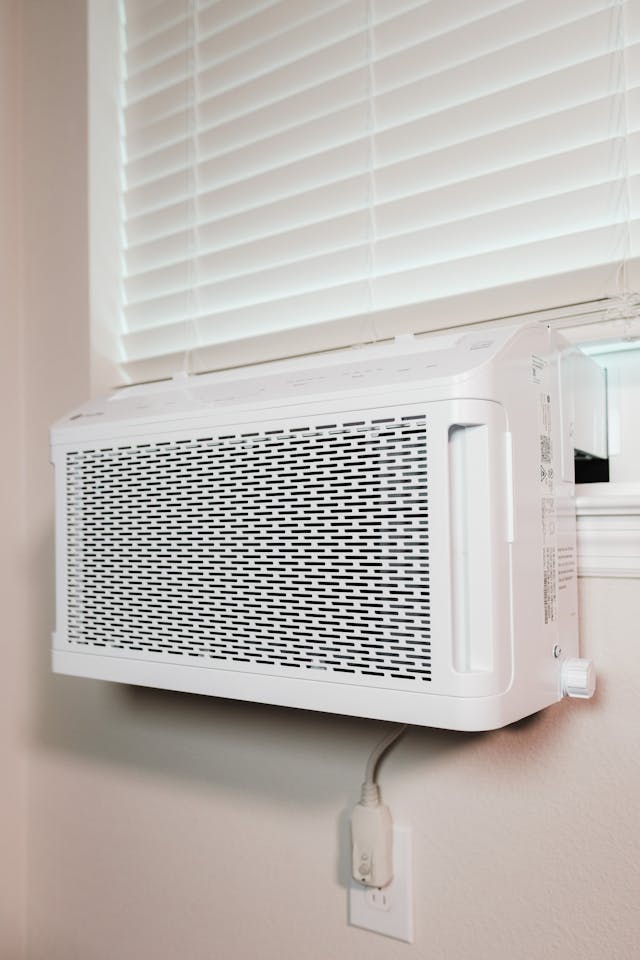We think about healthy living. We often focus on eating well and exercising, but the air we breathe inside our homes plays a huge role in our overall well-being. Poor indoor air quality causes headaches, allergies, respiratory issues and even affects your sleep. But there are some steps that you can take to improve the air in your home.Let’s take a look at some of those steps below.
- Use high quality air filters. Your HVAC systems filter captures airborne particles before they circulate. Air ducts are responsible for circulating the air from your heating and cooling systems throughout your home. So if you have good quality air filters on your HVAC systems and your air ducts, you’ll be able to keep the air clean when the HVAC system runs pollutants. Be redistributed into the air that you breathe. Scheduling a professional duct cleaning helps to reduce these contaminants and supports better air flow. Choose filters with a higher MERV rating for improved filtration and be sure to change them out regularly.
- Let the fresh air in. Ventilation is really key to reducing those indoor pollutants. When the weather permits, open the windows to allow fresh air to flush out the stale indoor air. You can use exhaust fans in kitchens and bathrooms to help remove moisture and pollutants directly from the source. And you can also ensure that you use fly screens to keep the bugs out while you’ve got the windows open.
- Keep the humidity in check. High humidity creates the perfect environment for mold and dust mites to grow. Aimed to keep indoor humidity between 30 and 50%, a dehumidifier can be particularly helpful in damp areas like basements or during humid seasons.
- Reduce the chemical pollutants. It’s tempting to go on a cleaning spree in your house, but many household products, including cleaning agents, paints and air fresheners, emit volatile organic compounds. You should always opt for natural or low VOC alternatives and use those products in well ventilated areas.
- Add indoor plants wisely. Some house plants can help to filter toxins from the air, but too many of them or over watering them can lead to mold growth. Choose low maintenance varieties like snake plants or peace lilies and avoid any over saturation of the soil.
- Maintain clean floors and surfaces. Vacuuming regularly with a HEPA filter, vacuum and damp mopping hard floors will reduce dust, pet dander and allergens. Don’t forget to clean under your furniture and along the baseboards where dust tends to gather.
- Don’t be late with addressing mold. If you notice musty odours or visible mould, tackle the problem quickly. Mold can have serious health effects, especially for people with asthma or allergies. Use mould killing products and fix leaks or moisture issues that may be causing the growth. Improving your home’s air quality doesn’t require a complete overhaul, but small changes like this one can help.


